Renewables First on Behalf of GlaxoSmithKline
Keystone Ecology was commissioned to undertake a Water Framework Directive Assessment of a section of the River Lea downstream of a proposed hydro-turbine system at the GlaxoSmithKline site in Ware, Hertfordshire. Re-grading of the channel was required in order to pass the turbine rated flow without significant loss in hydraulic head.
What did we do?
- Reviewed existing ecological studies (Phase 1 and RCS Report).
- Carried out physical biotope mapping (substrate and flow characteristics), macrophyte survey and fixed-point repeatable photography to determine whether there is potential for deterioration in the ecological status of the channel resulting from the proposed works, to guide mitigation proposals and to act as a baseline for future monitoring.
- Produced a mitigation and enhancement strategy which included the restoration of the existing fish spawning channel on completion of re-grading works to ensure existing value for spawning fish was retained and the enhancement of an adjacent overgrown channel to provide new fish spawning habitat.
- Identified additional ecological enhancement measures including control of Himalayan Balsam, additional native tree planting, construction of an Otter holt, erection of bat boxes, creation of banks suitable for Kingfisher nesting and inclusion of Kingfisher perches in vicinity of suitable nesting areas.
- Designed a post-development monitoring programme to include repeat physical biotope mapping, macrophyte surveys and fixed-point photography.
How did we do it?
- We arranged an initial meeting with the client and the Environment Agency to agree the type of and extent of survey effort required to satisfactorily assess impacts of the proposed hydro scheme.
- Worked closely with Renewables First hydrologists to assess all possible channel modification options and identify the least damaging whilst also achieving the required turbine flow rates.
- Continually liaised with the Environment Agency during the design process mentioned in the point above.
- Used our membership with the River Restoration Centre to gain useful background information of similar schemes nationwide which assisted the design process.
What were the outcomes?
- The final design reduced the extent of re-grading work required overall to achieve the necessary flow rates which reduces costs of the hydro-project.
- Impacts to the section of channel important for spawning fish were minimised by switching the majority of re-grading work to an adjacent overgrown channel of negligible ecological importance.
- The final design should result in maintenance of existing WFD channel status and opening up of the overgrown channel should significantly increase overall biodiversity value of that section of the River Lea.
- We overcame all Environment Agency objections and planning consent was granted.
This entry was posted in Case Studies, Ecology, Renewables. Bookmark the
permalink. Both comments and trackbacks are currently closed.
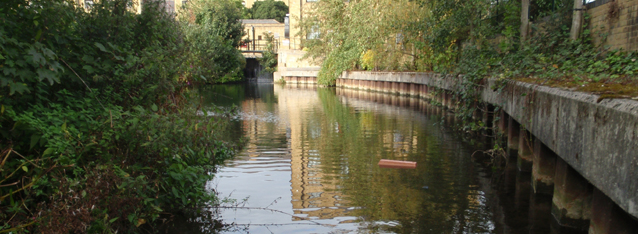
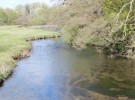
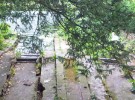
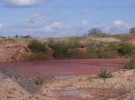
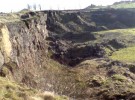
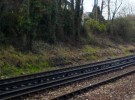
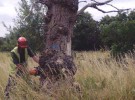

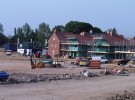
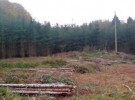
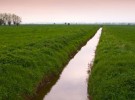
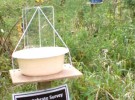
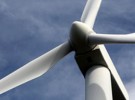
Water Framework Directive Assessment for Hydro-turbine Scheme
Renewables First on Behalf of GlaxoSmithKline
Keystone Ecology was commissioned to undertake a Water Framework Directive Assessment of a section of the River Lea downstream of a proposed hydro-turbine system at the GlaxoSmithKline site in Ware, Hertfordshire. Re-grading of the channel was required in order to pass the turbine rated flow without significant loss in hydraulic head.
What did we do?
How did we do it?
What were the outcomes?